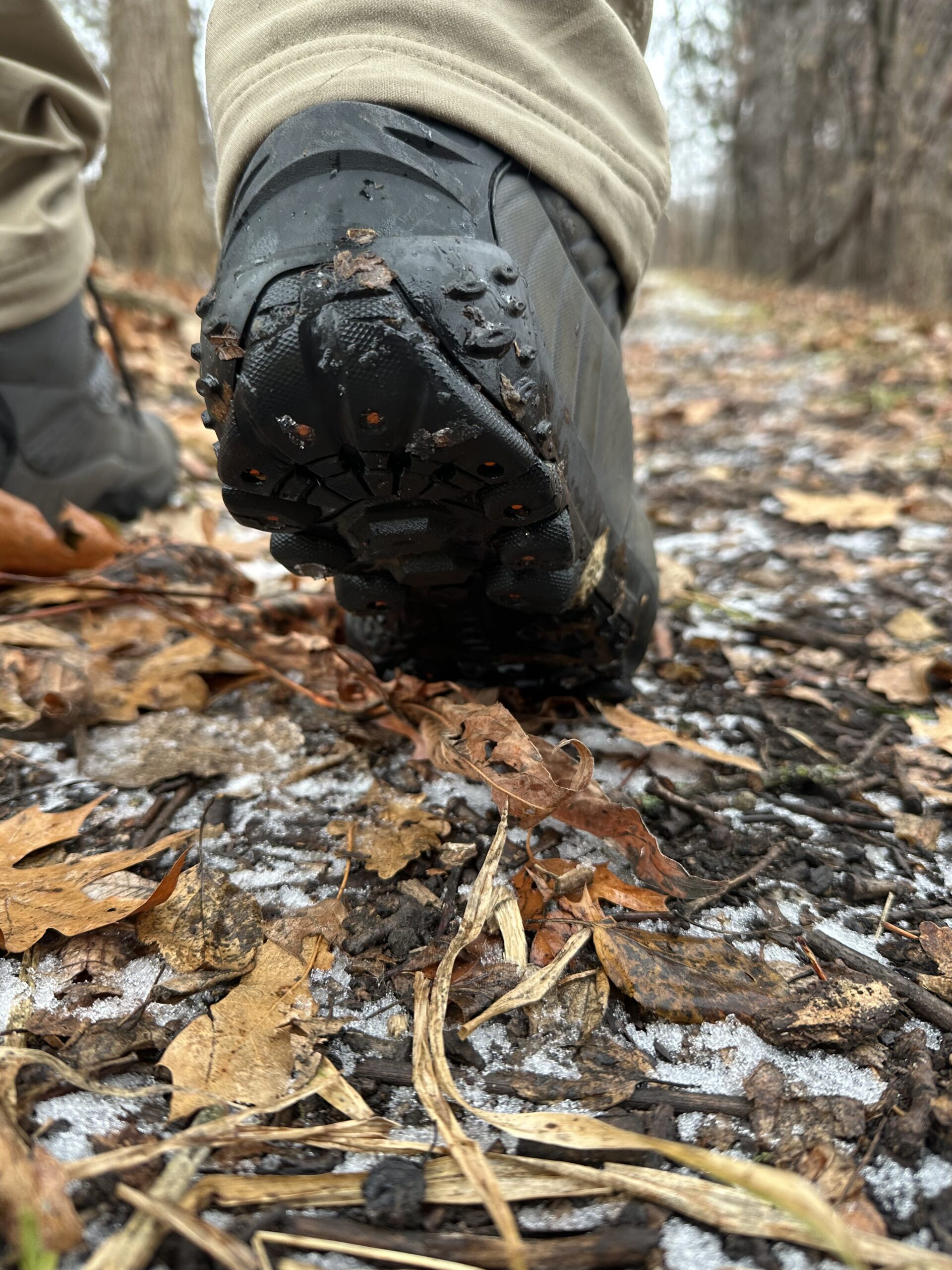Your cart is currently empty!

Why Movement Helps Us Process Pain (And Why Sitting Still Doesn’t)
“It’s funny how walking away from something is often the only way to walk through it.”
I’m not a therapist. I don’t have a doctorate in neuroscience. I’m just a guy who was in pain, laced up some hiking boots, and started walking.
At first, it was just about emotional pain management. I wanted to get away. Get away from stress, from people, and myself. But the more I moved, the more things moved inside me. Emotions that used to sit like bricks on my chest started to loosen. Thoughts got quieter. Clarity came. Not all at once, but in steps. I still relapse, but now I have the sense to know how to address the feeling.
Turns out, there’s real science behind that.
What Happens in the Brain When You Move
When you’re stuck emotionally and feeling overwhelmed, anxious, or depressed your brain is often cycling through threat response patterns: fight, flight, freeze, or fawn. These patterns were designed to help us escape predators. The problem is, that they don’t work so well for modern issues from divorce, burnout, shame, loneliness, etc.
Enter: movement.
When we move—especially in natural environments—several things happen:
- Cortisol (the stress hormone) begins to drop
- Endorphins (natural mood lifters) are released
- The brain shifts out of “looping” mode and into bilateral stimulation. This is when both the right and left hemispheres of the brain begin to talk to each other.
- Blood flow improves to the prefrontal cortex, the area responsible for executive functions like decision-making, planning, and emotion regulation.
In other words: walking is a reset button for your nervous system.
You don’t have to understand every chemical involved. What matters is this: motion processes emotion.
Why Sitting Still Doesn’t Always Work
Stillness has its place. Meditation, reflection, and journaling are powerful. But when you’re in a full-blown emotional fog, especially if you’ve grown up being told to “man up” or “just deal with it”, as I did, stillness can sometimes feel like a trap.
Your body wants to do something with all that built-up energy.
So walk.
Hike.
Move like your sanity depends on it—because sometimes, it does.
Trail Wisdom (Even for Sidewalks)
You don’t need a mountain. You don’t need a perfect forest trail. You just need a safe path.
This could be:
- A park loop
- A lakeside trail
- A stretch of sidewalk with fewer people
- Even pacing in your backyard
- If you are in the interminably frozen north, as I am, even an indoor mall will work
The key is intention. Move with the goal of processing, not escaping.
A Practice to Try: The Emotional Hike
Step 1: Choose a 20–30 minute path you can walk safely
Step 2: Walk slowly for the first 5 minutes—breathe deeply, look around
Step 3: As you walk, ask yourself one question: “What am I holding?”
Step 4: Don’t answer right away. Let the answer come.
Step 5: When it does, if it does, say “I see you.” Then keep walking.
That’s it.
No fixing. No solving. Just motion. Just presence.
A Final Word
You don’t need a life coach, expensive gear, or a picturesque mountain peak in the Rockies. You need your legs, your breath, and a small patch of sky overhead.
I created Hike and Heal not because I have all the answers, but because I’ve started asking better questions. I believe knowledge should be free. I believe emotional growth shouldn’t be behind a paywall. I believe in people who feel. In resilience that isn’t silent. In healing that happens outside four walls.
So, if this post meant something to you—take it with you. Share it. Walk with it.
And know this:
You’re not alone. You’re just on your way.